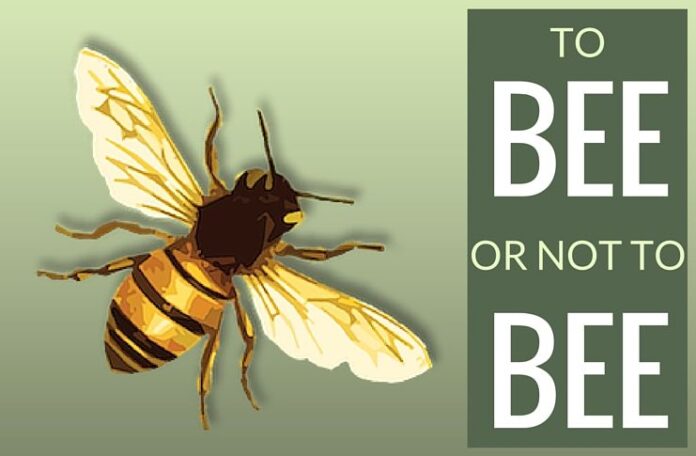
[dropcap color=”#008040″ boxed=”yes” boxed_radius=”8px” class=”” id=””]T[/dropcap]he heading is not a typographical error! When an investor friend of mine told me that he and his wife were locating to Napa valley and starting a Bee farm, I was intrigued. The normal thing successful Valleyites do when they have made good and want to move to Napa is to be associated with a vineyard in one capacity or the other (usually own one). So what is it about Bees that has become suddenly so fashionable? For one, Honey is a good small scale business which does good for the environment. But is beekeeping profitable? This insightful article explains the dynamics of the Honey market.
While it maybe difficult to make substantial gains in the US, a county like India is ideal to grow bee farms. Bees like warm weather, which India has in abundance and they also do good for the crops around them. The by-product, honey and wax do not need any special storage facilities. With beekeeping on the decline in the US, it can also be an export item.
Bees come in different kinds, the two prominent ones are the Honey Bee and the native Bee. The Honey Bee, as the name implies is the one that builds a beehive owned by a Queen Bee into which it deposits honey. As honey bees gather pollen and nectar for their survival, they pollinate crops such as apples, cranberries, melons and broccoli. Some crops, including blueberries and cherries, are 90-percent dependent on honey bee pollination; one crop, almonds, depends entirely on the honey bee for pollination at bloom time. Honey bees contribute over $14 billion to the value of U.S. crop production. Many of the country’s crops would not exist without the honey bee at bloom time. The pie chart below shows in percentages the impact of Honey bees in selected fruits and crops:
California is responsible for more than half the world’s production of almonds.
- Estimates for numbers of honey bee colonies rented for almond pollination range between 1.3 million and 1.5 million.
- The number of colonies rented for apple crops is estimated to be more than 275,000.
- More than three times as many colonies of honey bees are rented for the pollination of almonds than that of its next most important crop, apples.
It is not uncommon to see truck beds with Honey bee colonies moving around Central California, which is where most of the almonds and apples are grown.
[dropcap color=”#008040″ boxed=”yes” boxed_radius=”8px” class=”” id=””]H[/dropcap]owever, not all is well with the honey bee colonies. A White Paper by the White House The Economic Challenge Posed by Declining Pollinator Populations states that over the past few decades, there has been a significant loss of pollinators—including honey bees, native bees, birds, bats, and butterflies—from the environment.
Pollinator decline & Colony Collapse Disorder
- Losses of honey bee colonies since 2004 has left North America with fewer managed pollinators than at any time in the last 50 years.
- Each year since 2006, commercial beekeepers have reported annual losses of 29% – 36%. Such losses are unprecedented, and more than double what is considered normal.
Reasons stated are many; Bees prefer to live in warm climates and barring a few states, substantial portions of the colonies have to be replenished every year. Bees cannot survive if sprayed with pesticides so the farmers have to be extra careful. In not too distant a future, one can imagine a place where all crops are grown organically, free of pesticides and pollinated by bees swarming around them. The more the bees pollinate, the more the crops, which will result in more honey and wax for the beekeepers. A perfect home based business. Just what India needs.
- Indian Parliament’s Special Session is convened to mark the shifting to new Parliament building - September 3, 2023
- Why did Rajat Sharma of India TV not declare that Adani owns more than 16% shares in his channel? - January 29, 2023
- Prannoy Roy to get Rs.605 crore from Adani as per Stock Exchange filing. Why is Income Tax not acting on Roys’ dues of over Rs.800 crore? - January 4, 2023










